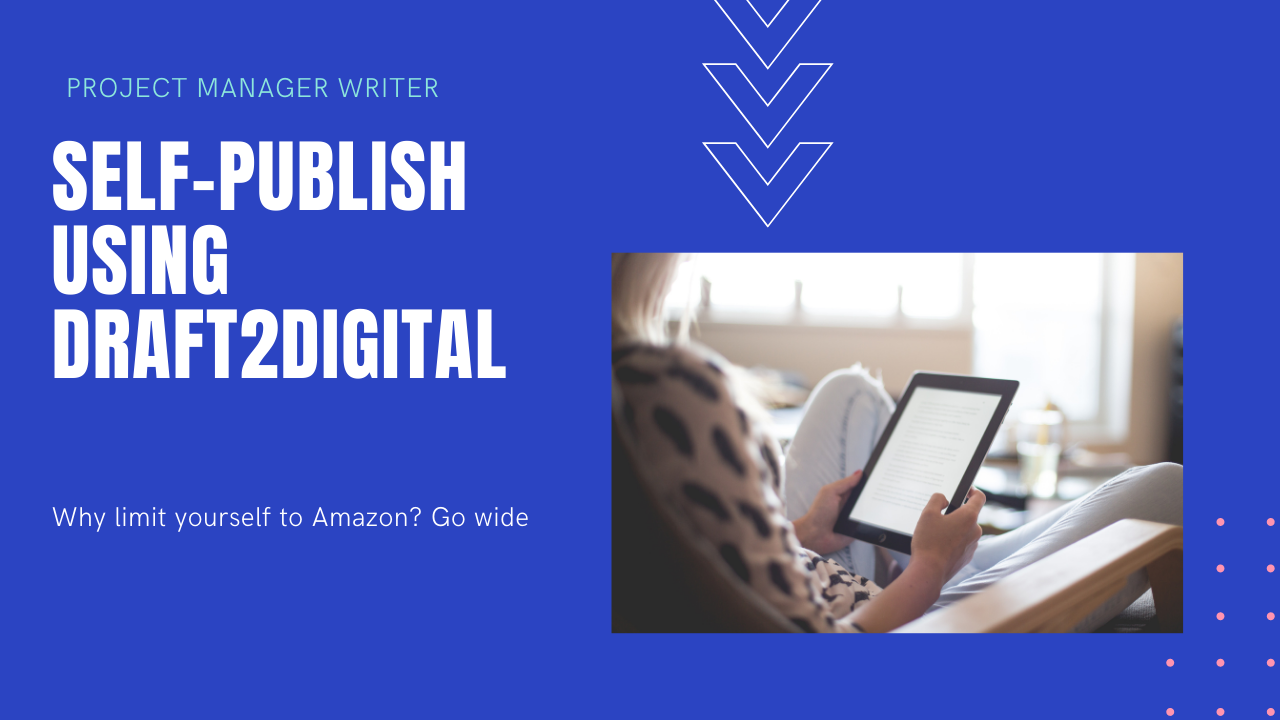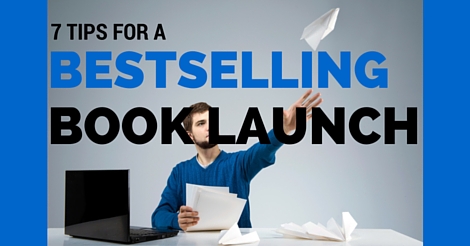Let’s face it, launching a book is expensive. Marketing costs for NYT bestselling launch campaigns can run upwards of tens of thousands of dollars. When you’re an indie author who is self-publishing, marketing your book is perpetual. You can’t afford to overspend on one book when you have more coming. Consider using these low-cost ninja book launch tactics instead.
Successful indie authors know that their books need an amazing cover. This is step one to have readers even notice your book; great covers can run several hundred, even a thousand dollars+.
Then, there’s the cost of hiring a professional editor. Six cents a word adds up when you have a full-length novel. Editing costs more when you combine developmental (structural) editing with copyediting and proofreading.
Finally, you need some cash to launch your book—running ads, using paid promotions, and so on. All this can leave your head spinning. Meanwhile, your checking account takes a hit.
Still, in today’s indie market, you must spend money on your cover and editing. It’s essential if you want your book to have a shot. So, invest your dollars there. For a few areas where you can skimp, read on for my ninja book launch tactics.

1. Write incredible emails to your list.
This assumes that you have an email list that you’ve built up over time. Good. You’ll need this list for years to come, and it should become your number one marketing vehicle. Don’t have an email list? Start building one today. Start with a free service called Mailchimp.
Read the CopyBlogger website about what makes good copywriting. There’s a ton of free info on the website that will help you in so many ways.
Connect your story with emotion to create a compelling experience for your readers. Don’t email your list to say, “Hey, go out and buy my book today.” Why on earth would I want to do that when there are so many books out in the world? What makes your book stand out?
Instead of the “buy my book” message that 80% of authors use, tell the story behind your book. What is the big WHY of your book? What are five new things that your readers will learn if they buy your book? What will hook them and make them think, “Yeah, that’s for me”?
2. Give away free content with your book.
Step one was to write incredible emails that will make your readers sit up and take notice. Step two is giving them an extra push in your favor that will get them to hit the buy button.
Why not give away something for free? Do you have another book that you can offer as a giveaway? If not, create a checklist of other compelling related content that ties in well with your book.
Other giveaway ideas: cheatsheets, behind-the-scenes info, author Q&As, Frequently Asked Questions, recipes, resource guides, character profiles, and a prequel or backstory.
3. Run Amazon ads.
Amazon ads are super effective and my go-to vehicle for advertising because the ROI is so positive. Facebook ads can work well, but if you don’t have experience running them, I recommend going with Amazon instead.
Why? The ads are served to people who are already searching for books. They are an eager, ready to buy audience. Also, set up is simple: you add a few lines of text to create your advertising blurb. Your ad has the Amazon photo of your book. There’s no complicated ad creation like you have on Facebook.
Spend time doing keyword research and add as many keywords as possible to your ad (select manual keyword entry). Start with at least 100 keywords and work up to 1,000 if possible.
You’ll need to experiment with your ads. Write down what works and what doesn’t. The beauty is that you can run multiple ads at the same time. You can pause ads, but be sure to let each ad run at least one week because the data takes time to catch up.

Source: negativespace.co
4. Write guest blogs.
When you have more time than money, guest blogging can be an effective way to get the word out to new audiences. Pitch your idea—avoid randomly reaching out asking for favors with no specifics. That is likely to lead to rejection.
Instead, target a few high ROI websites. Research their website ranking and search their website to see if they allow guest blog posts in the first place. There’s usually a contact page where you can find an email or use a contact form.
Write a short pitch about your idea and—this is important—how your article can benefit their readers. Don’t make this all about you and your book. Instead, highlight how you can help the website/author, and you have a better chance of getting to a yes.
5. Appear on podcasts.
Similar to the guest blog advice above, do your research. Instead of blindly contacting fifty podcasts, target the five that are the best fit.
Many podcasters record weeks, sometimes months in advance, so if you want this strategy to work well, reach out three months in advance.
Set aside several books that you can use as giveaways that will drive people to your website. Podcasters love giving something of value to get listeners excited. Be sure to ask permission from the podcaster first, of course.
6. Form a launch team.
Once you launch, it’s important to get as many Amazon reviews in place as possible. A cost-effective way to do this is to form a launch team for your book. I’ve seen these work well for authors who put a lot of time toward building relationships with readers.
If you’re new to having a launch team, the effectiveness may not be so high, but it’s still worth trying. A tip from author Bryan Cohen is to email your list and ask whether they would like to join your launch team and get your books free going forward. Join my launch team by clicking here.
You’ve already spent time cultivating your list, so you probably have readers eager to support your launch. In return for joining the team, I ask them to leave a review on Amazon during launch week as well as share at least one message on their social media platforms.
7. Activate advance readers. 
Boost reviews by reaching out to influencers with an advance copy of your book. Send an email that includes a brief, catchy description of your book, a digital copy, and ask whether they will kindly leave a review.
Here’s the trick to this. In your email, include a suggested blurb that they can tweak. You’ve done the work for them! All they need to do is cut and paste it into an Amazon review (provide the link to your book).
8. Run a contest.
When I lau nched my book, Creating Space to Thrive, I priced it full-price for my launch week. This goes against common self-publishing advice to launch for free or 99 cents, then raise your price.
nched my book, Creating Space to Thrive, I priced it full-price for my launch week. This goes against common self-publishing advice to launch for free or 99 cents, then raise your price.
Instead, I alerted my readers, gave them free ebooks, and entered them into a contest to win an Amazon Echo Dot if they bought the book at full-price during launch week. The prize cost $50 and was well worth the goodwill from readers. The winner was delighted, and I helped create an even more loyal fan.



 nched my book,
nched my book, 



Leave A Comment